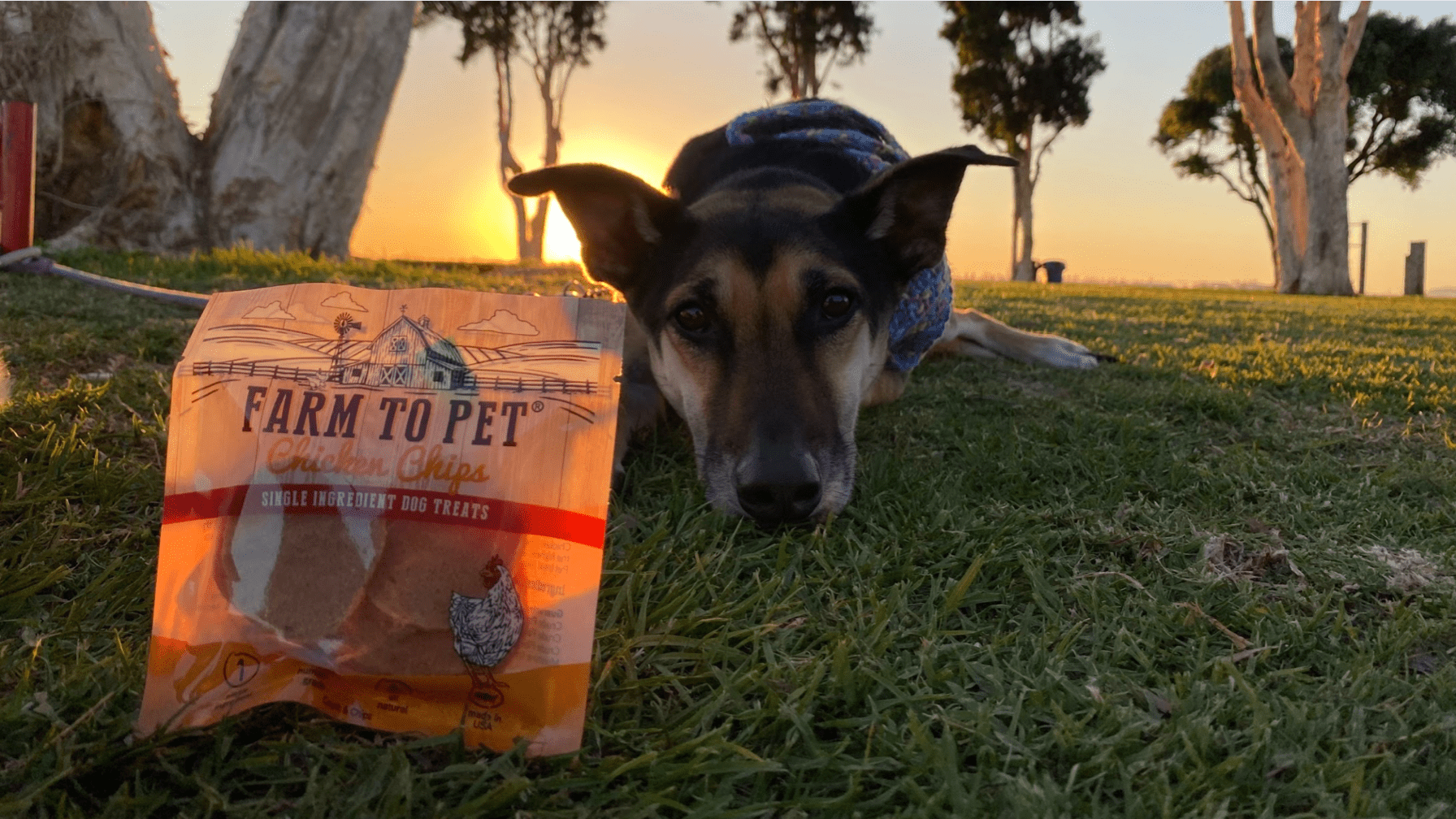Thank you to our FURiend Makayla Connors that wrote our fun and informational blog post for today. If you are a new dog owner, you might not know when your puppy's brain has developed enough to start comprehending basic training. Learning the right age to start training your puppy can help you start the training before the dog starts learning bad behaviors.


The right age to start training your puppy is immediately after adopting it at around 8 to 10 weeks to when the dog is officially considered fully grown at the age of 1 year. Consider continuing the training program that the breeder might have already started and be consistent with the training until the dog is fully trained.
Although the pace at which the pup can grasp new commands and remember previously taught commands depends on the intelligence level of the breed, you can use the following breakdown to know when to start and finish the training.
8 to 10 Weeks
Keeping in mind that most breeders and veterinarians recommend adopting a puppy at least 8 to 10 weeks old, this is the age you might be bringing your puppy home and the earliest age you might start the training.
In most cases, the training you need to give your puppy at this age depends on whether the breeder has started the training. For instance, most breeders start intensive one-on-one training on basic issues such as crate and potty training when the pup is around eight weeks old.
According to Terrier Hub, it is advisable to continue with the training program after adopting the puppy to keep it consistent. You can train the puppy on additional basics, such as its name and how to socialize with family members. Teaching the pup its name forms the foundation for introducing other commands, while socialization training is a base for good home manners.

10 to 12 Weeks
Considering that the puppy will be in a new environment at the age of 8 to 10 weeks, you don't expect it to learn much at that age. However, at the age of 10 to 12 weeks, there are higher chances that the puppy will have already socialized, and you can start to expand the training.
You should focus more on socialization, commands, and impulse control at this age. Depending on the intelligence level of the breed, you can train your pup the following practices and commands at this age.
- Impulse control: Train the puppy daily, including the training, playing, and feeding times. Usually, training the dog to expect the water bowls and food at the right time helps to prevent anxiety when it's not yet time.
- Obedience commands: Start training the puppy obedience commands such as Sit and Come, Heel, Down, and Place. It is advisable to use positive reinforcement training. methods, especially if the breed is territorial and stubborn.
- Socialization training: Continue with the socialization training by letting the puppy meet new people and other pets in the home. Usually, this helps to prevent the dog from developing territorial and overprotective behaviors from an early age.
- Threshold training: Threshold training aims at improving the distance the puppy can withstand a trigger without getting upset or reacting. This can help discourage the dog's excessive desire to explore, helping it remain calm and less curious even when going for walks.
- Leash and harness training: Regardless of the dog's breed, it may wear a leash and harness at one point in its life. It is, therefore, advisable to introduce the leash and harness from an early age by letting the pup wear it around the home under supervision.

3 to 4 Months
Generally, all dog breeds are different, and some have higher intelligence lives than others. As a result, the training you can give your pup at 3 to 4 months will depend on how much it has grasped from the previous training.
If the dog can follow the commands, you can start training it to hold them longer. For instance, you can train the dog to sit and stay until you command it otherwise. You can also train the dog to more complex commands by linking several commands, such as Sit, Down, and Stay, as a single command.
4 to 6 Months
Even at this age, continue the socialization training to ensure the puppy interacts well with people and other pets. Consider taking the dog to public spaces and parks to improve its socialization. Get your dog to practice obedience commands even when you're outside your home.
6 Months to 1 Year
Since most pups are officially considered to be fully grown from the age of one year, you can consider giving your puppy any complex training from 6 months to 1 year. As you continue reinforcing previously taught commands, you can start weaning your dog off treats when it does what is expected.

Related Questions
How Long Should a Training Session Be?
The training session should be for around 15 minutes per day. You can consider dividing this time into three sessions of 5 minutes each to prevent boredom and get maximum attention from the puppy.
How Can I Discipline the Puppy During Training?
Punishing the puppy during training is not advisable as this can make it develop anxiety, fear, or aggression. Instead, consider rewarding the pup with treats when it follows a command to encourage it to be obedient.
In most cases, the right age to start training your puppy is after adopting it, so the pup doesn't forget the basic training from the breeder. You can start with the basics of crate and potty training, socialization training to complex obedience commands.
Don't forget to follow us on social media to see what's going on each week!
Treat you Training Terriers next week!














